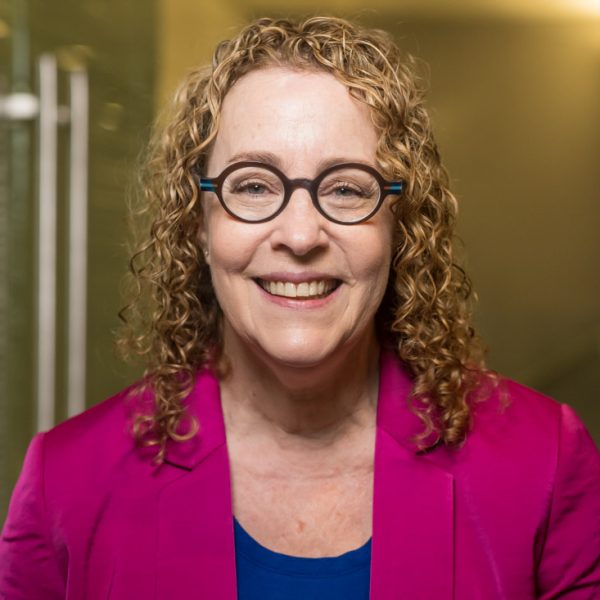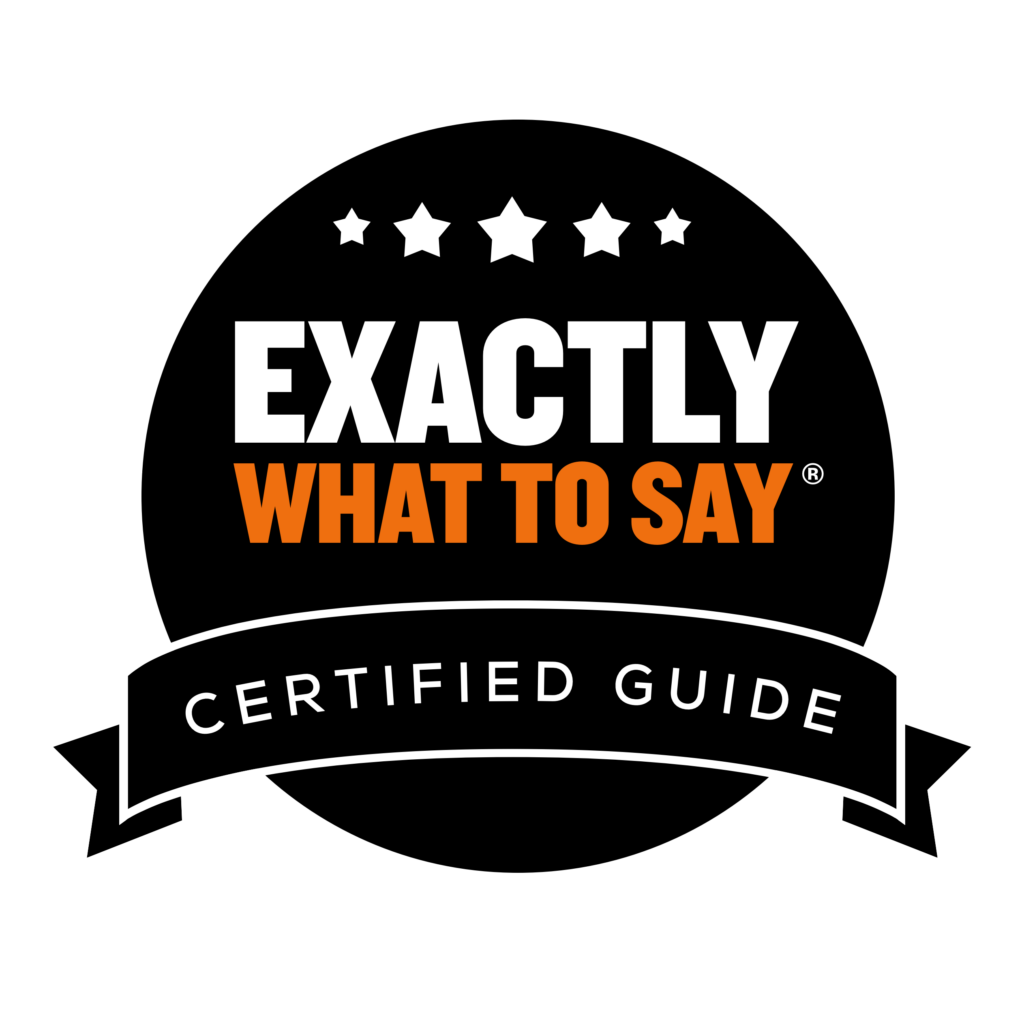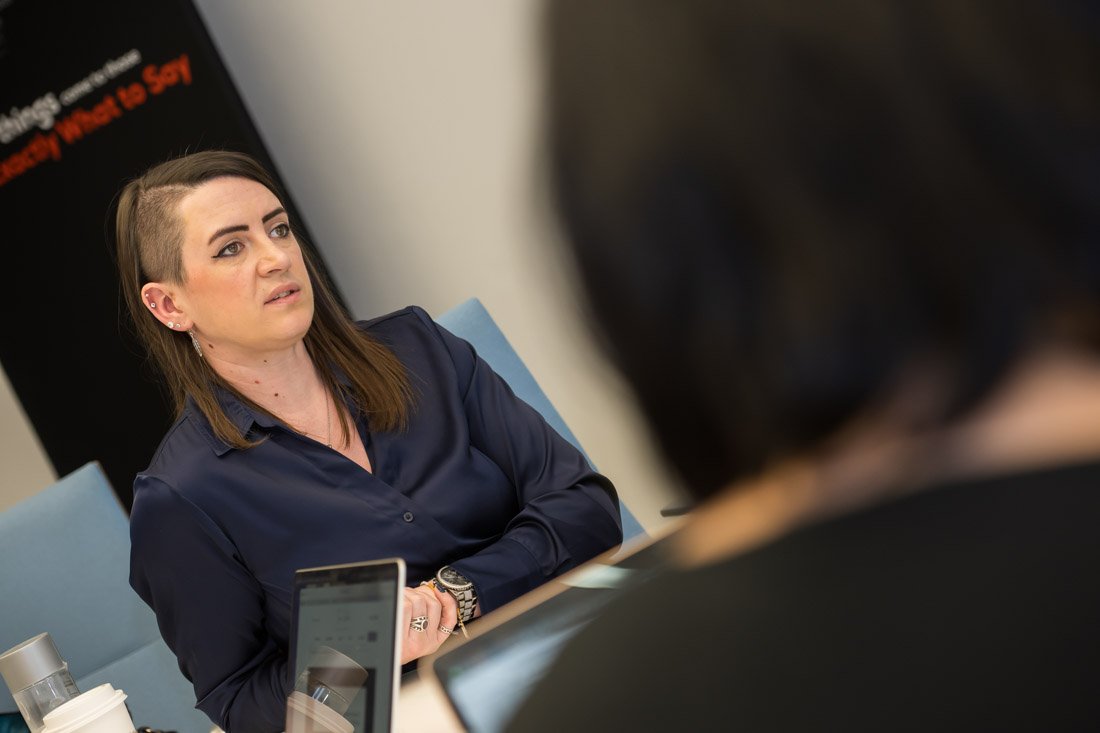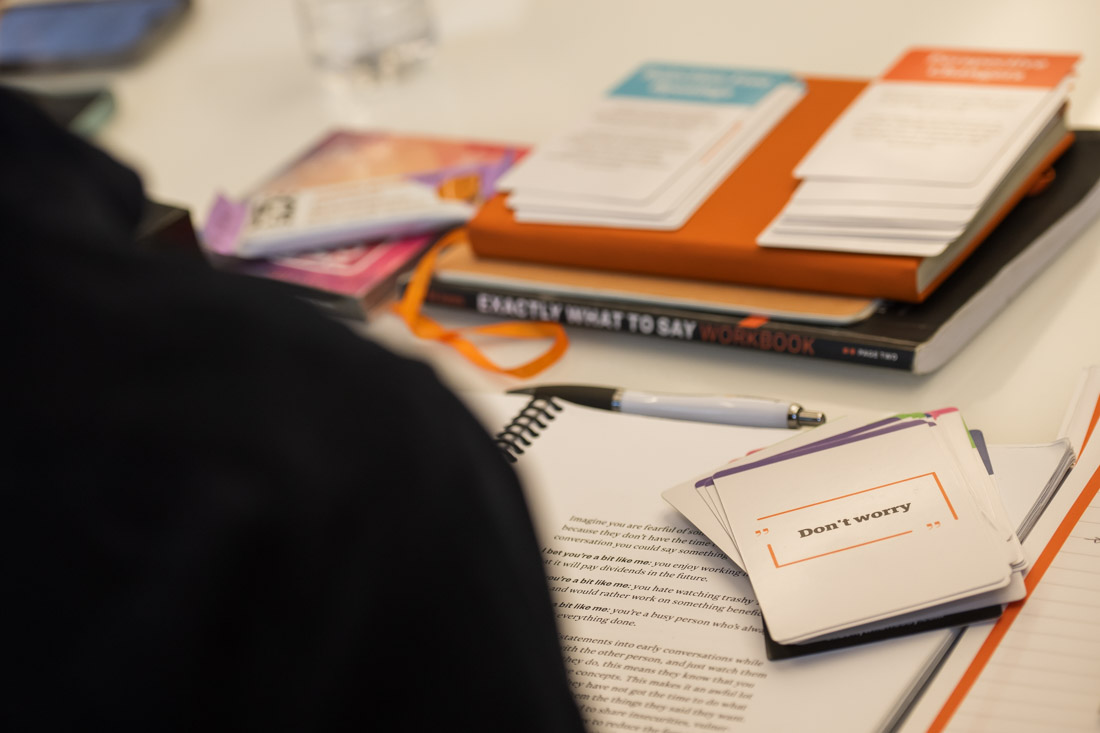How many connections do you have on LinkedIn? Is it in the tens, the hundreds, or possibly even the thousands?
Are your connections people you don’t know, people you don’t know well, or people that you’ve lost touch with?
It doesn’t really matter what category they fall into; they could be prospects, referral partners, or collaboration partners. LinkedIn is a place of endless possibilities, and you have the opportunity to network effortlessly to create new opportunities at any time.
But how can you make the most out of this platform?
Beth Granger is a LinkedIn oracle who works with organizations and individuals to grow their businesses through referrals. Her mission is to show you just how powerful strategic words can be when using LinkedIn for networking.
There’s nothing that she doesn’t know about getting the most out of the platform, and she recently hosted an EWTS Critical Conversations Webinar focusing on how to reapproach all of your hidden connections.
The Power Of LinkedIn
LinkedIn is like a house. The strong foundation is your profile or company page.
On top of that sits the networking and prospecting, such as all of your professional Critical Conversations.
And on top of that is your content.
This webinar focused on the middle part of the LinkedIn house and all of those possible conversations that you could be having by reaching out and reconnecting.
New People Means More Opportunities, Right?
How many times have you been told that to create new opportunities, you need to meet new people?
But what if you’ve already met the right people?
Could it be possible that you are already sitting on a mine of possibilities that are already in your existing contact lists?
Building relationships that last is a little bit like planting and harvesting asparagus. It can take up to 3 years for asparagus to go from seed to plant. But, the good news for asparagus farmers is that once they’re established, asparagus crops can be productive for decades.
This type of farming takes time and patience, much like a business relationship. We can all be eager to make stuff happen, but the more you rush, the less likely you’ll succeed.
Just imagine if you were in a room with someone you just met, and they started selling to you the minute you started speaking to them. How would you react?
Most people just walk away.
The EWTS ethos teaches you that you don’t need more opportunities; you simply need to ask more questions.
Connection Levels On LinkedIn
There are first, second and third connections on LinkedIn, and it’s important to understand what status your connections fall into.
If you send a connection out to Jeremy and Jeremy accepts it, he becomes a first connection. If Jeremy sends a connection to Paul, but you’re not connected to him, Paul becomes a second connection.
Third connections are a little bit like third cousins twice removed. LinkedIn doesn’t show you the path to these people.
Beth’s workshops tend to talk about how to get to the second connection, but this time, she is focusing on the first connection.
Whether you know them in real life or not, you can reach out to your first connections anytime because they are connected to you.
Three Step Process
There is a simple three-step process to re-approaching existing contacts.
1
Find them first
2
Be recognizable, be curious
3
Re-introduce yourself
Follow Beth’s handy ‘how-to’ guide to access and start using the data that you have collected over the years.
How To Find Your First Connections
There are 2 ways to look at your network on Linkedin.
The first way is to download a spreadsheet of your connections. Beth recommends you do this periodically so that you have a physical backup.
It’s worth noting that you can only download this data on a desktop.
- On the top of the screen, there is a circle with your profile picture that says ‘me.’
- Click on that arrow and go down to settings and privacy
- On the left-hand side, you need to click on Data Privacy
- On the right-hand side, you will see the option to ‘get a copy of your data’
- Click on connections
- Request archive
This process should take about 10 minutes, and you will receive an email once it’s ready.
Beth’s handy hint is that you can also opt to download a full archive. You should be doing this at least once a quarter.
Who To Look For
The second thing that you should do with the information about your connections is to sort the data.
Think about 3 categories of people that could be beneficial for your business. That might be a sales trainer, a prospect, or an estate planner.
Imagine being able to find these people from an existing contact list. SPA can help you do this.
SPA refers to Search, People, All Filters, and anyone can use this to categorize connections.
- Put your term in your search bar and click enter
- To avoid information overload, make sure that you have clicked the “People’” button
- To narrow down the search, click on “All Filters” on the right-hand side
- A bar will pop up, and you can opt to see your first connections associated with the search
Beth’s handy hint is to use a Boolean search, which is a more accurate way to find what you’re looking for. A Boolean search uses quotation marks at either end of your search term, for example, “estate planning.”
She also recommends starting broad so you don’t limit your search results.
Now you have uncovered the data, put it to beneficial use. Look at it, organize it, and categorize your contacts. The variety of people might surprise you – ask yourself who on this list could help you today. And, is there anyone on it that you could help?
Desktop Vs Mobile
Beth has a theory about LinkedIn; she believes that mobile people and desktop people work in separate buildings and aren’t allowed to talk to one another. This makes the user experience very different depending on your device.
To search on your phone, follow these steps:
- Open the app
- Put in your search term
- Click “People” and the hamburger symbol will pop up
- Click on the hamburger to select “All Filters”
- Then select “First Connections”
Be Recognizable, Be Curious
You’ve got your list. Now, you need to decide the best way to reconnect. How certain are you that the best way is to send a direct message?
You’d be right to be cautious because a DM isn’t always the best approach.
Beth has some super sneaky strategies for using LinkedIn, but they only really work if the person is active on the platform, and by active, she means sharing and engaging with content.
You can check how active a connection is by going onto their profile and looking around.
Once you’re on a profile, scroll down to the activity section, if it exists, they are active.
If the last bit of activity was a while ago, this person is a sporadic user at best. A direct message to this kind of user might be pointless, so look at what other contact details are available on their profile and use that channel instead.
Let’s assume your connection is active. Find a post, read it, leave a comment, and try to ask a question. Don’t ask a question just for the question’s sake, though. It should be an honest, authentic question, so channel your curiosity.
What happens when you get asked a question by somebody you haven’t spoken to in a while? Most people respond.
It’s that simple; just imagine where a conversation based on genuine curiosity could lead.
Re-Introduce Yourself
What should you say if your first connection is someone you don’t know?
This is where one of the EWTS Cornerstones of Conversational Excellence will help you the most.
The worst time to think about the thing that you’re going to say is in the moment that you’re saying it.
Change your words, and you could change your world.
To properly prepare, try using one of these scripts:
- It’s been X years since we connected at Y event, but we haven’t had a chance to get to know each other. Are you open-minded to a short networking conversation?
- When would be a good time to get to know each other through a short call or Zoom meeting? Are you available Tuesday at 3:00 pm EST? Or, if easier, here is my calendar link https://calendly.com/yourname
- I’ll bet you’re a bit like me, and you have a lot of connections and haven’t had the time to get to know them all. When would be a good time to set up a 10-minute call/meeting to have a networking conversation?
Think about the concept of the question you want to ask and make it your own. Use whatever words will make it sound more like you, and then reach out.
Imagine if you received one of these messages. Which one would you most likely respond to?
Putting It All Together
To re-approach existing LinkedIn contacts, first, you find them. Secondly, be recognizable and curious. And thirdly, re-introduce yourself.
Do this in a way that you feel comfortable because it needs to be authentic.
If you want to reach out and give some value back, perhaps share one of the EWTS Webinars that are coming up.
Could you imagine saying this?
I’m not sure if it’s for you, but are you available [insert date]? I’m attending a webinar you might enjoy.
It’s about….and I thought you might benefit from it.
This is a fantastic way to connect and provide value at the same time. You could even invite them to one of your own events. But be careful. If it’s a paid-for event, then you’re slipping into the realm of selling.
Just One More Thing
Before you go, are you aware of the dog walking trick?
Beth uses it for those times when you meet someone in person, perhaps at an event, a tradeshow, or out walking your dog. Using this trick means that you never lose out on making a connection, no matter where you are!
- Take out your phone and open the LinkedIn app
- Click on the search box and look for the funny little symbol to the right of the search box
- Click on it, and you will see your unique QR code
- You have the option to scan the person’s code or share your code with them
Once you scan a QR code, it will take you directly to the person’s profile, and from there, you can follow or connect accordingly.
Please Note: When this article was written there were two ways to pull up your QR code, depending on the version of LinkedIn you were using. If you don’t see the symbol in your search box take these steps instead:
– Click on My Network at the bottom of your app
– Click on the blue circle, with an icon for a person and plus sign in it, that pops up towards the bottom right
– Pick Scan QR code
– Scan someone’s code or share your code with someone else.
This blog was part of a series of EWTS Critical Conversations Webinars, and if you want to experience the full webinar experience, then you should sign up to hear what is coming up in the series.
Critical Conversations 31-Day Challenge











